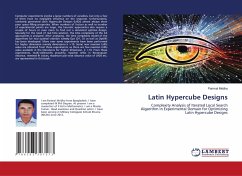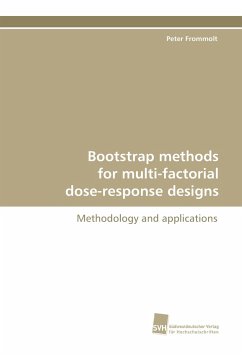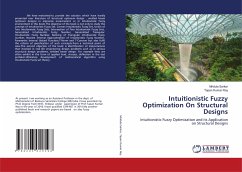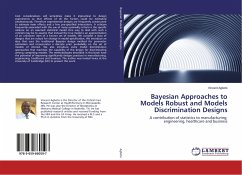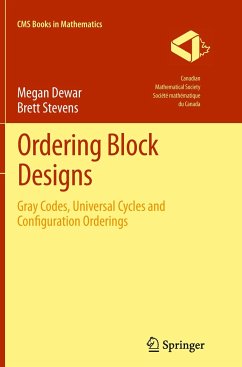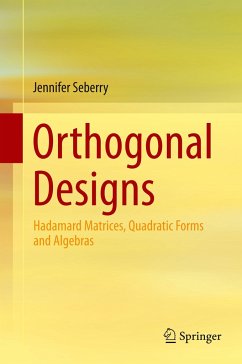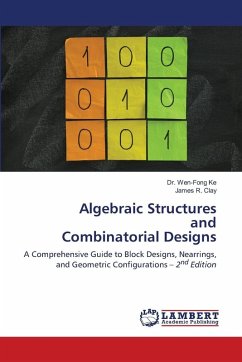
Convexity and the Structure of Designs
The Cone Condition
Versandkostenfrei!
Versandfertig in 6-10 Tagen
32,99 €
inkl. MwSt.

PAYBACK Punkte
16 °P sammeln!
Suppose 10 triangles on six points cover each of the 15 pairs of points exactly twice. There cannot be two disjoint triangles among the ten. For otherwise, 9 crossing pairs need to be covered twice each, while each of the other 8 triangles affords at most two such crossing pairs. The basic example above illustrates the technique which is pursued. A combinatorial design is identified with a nonnegative integral solution to a certain matrix equation involving an inclusion matrix. Some elementary convex geometry is applied, resulting in the ''cone condition'' for designs. This powerful condition ...
Suppose 10 triangles on six points cover each of the
15 pairs of points exactly twice. There cannot be
two disjoint triangles among the ten. For
otherwise, 9 crossing pairs need to be covered twice
each, while each of the other 8 triangles affords at
most two such crossing pairs.
The basic example above illustrates the technique
which is pursued. A combinatorial design is
identified with a nonnegative integral solution to a
certain matrix equation involving an inclusion
matrix. Some elementary convex geometry is applied,
resulting in the ''cone condition'' for designs. This
powerful condition is shown to imply something
resembling Delsarte''s inequalities, along with
various other old and new results on the structure
of block intersections in combinatorial designs.
Many open problems and possible new directions are
discussed as well.
15 pairs of points exactly twice. There cannot be
two disjoint triangles among the ten. For
otherwise, 9 crossing pairs need to be covered twice
each, while each of the other 8 triangles affords at
most two such crossing pairs.
The basic example above illustrates the technique
which is pursued. A combinatorial design is
identified with a nonnegative integral solution to a
certain matrix equation involving an inclusion
matrix. Some elementary convex geometry is applied,
resulting in the ''cone condition'' for designs. This
powerful condition is shown to imply something
resembling Delsarte''s inequalities, along with
various other old and new results on the structure
of block intersections in combinatorial designs.
Many open problems and possible new directions are
discussed as well.




